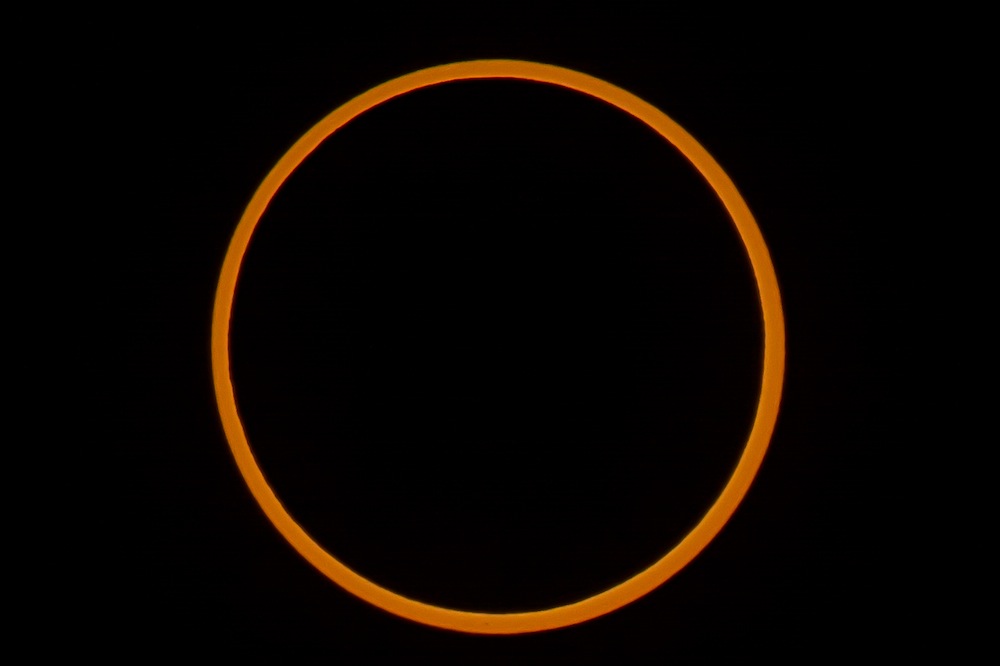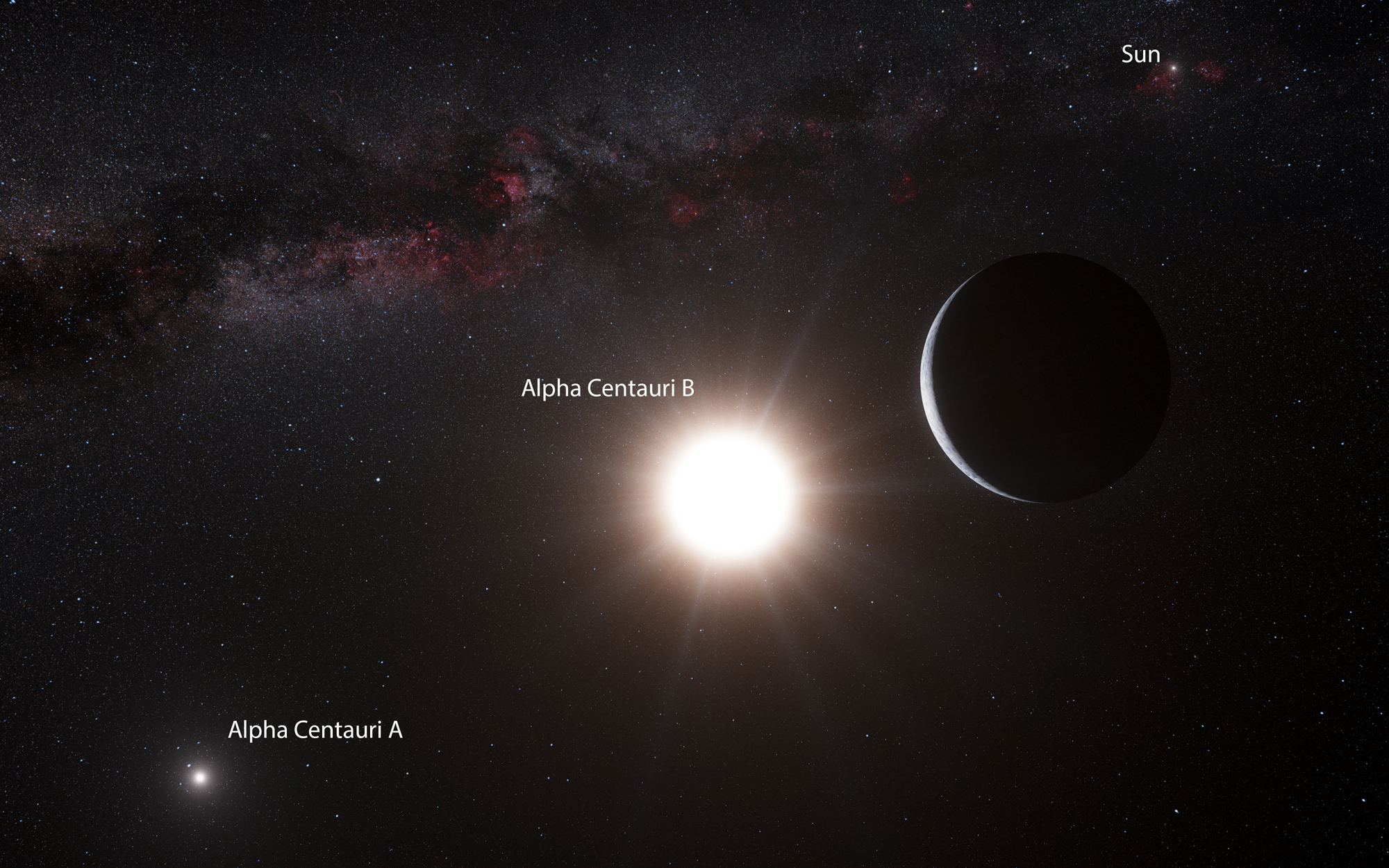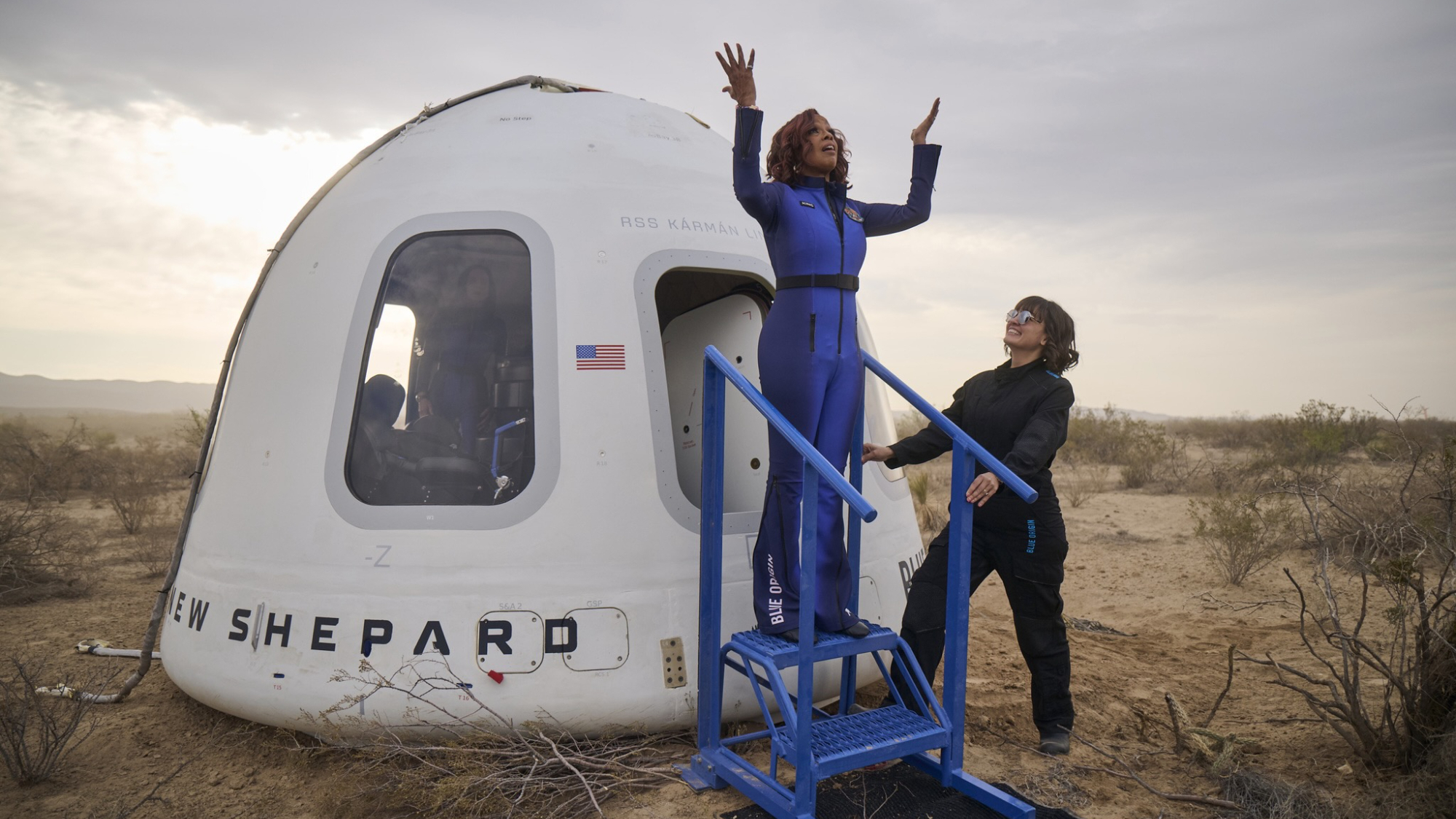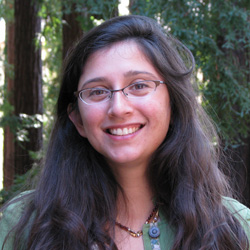
Tia Ghose
Tia is the assistant managing editor and was previously a senior writer for Live Science, a Space.com sister site. Her work has appeared in Scientific American, Wired.com and other outlets. She holds a master's degree in bioengineering from the University of Washington, a graduate certificate in science writing from UC Santa Cruz and a bachelor's degree in mechanical engineering from the University of Texas at Austin. Tia was part of a team at the Milwaukee Journal Sentinel that published the Empty Cradles series on preterm births, which won multiple awards, including the 2012 Casey Medal for Meritorious Journalism.
Latest articles by Tia Ghose
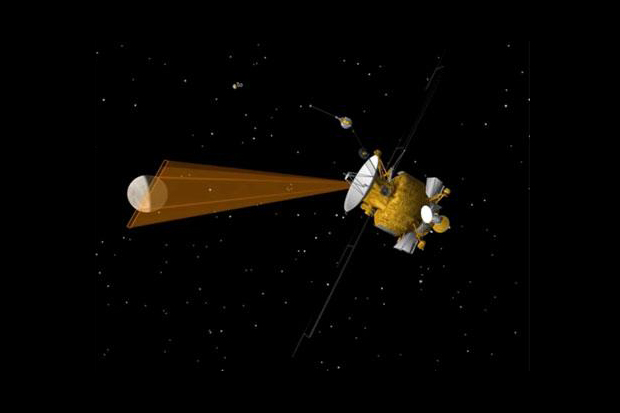
NASA Budget Cutbacks Would Cripple Planetary Science, Critics Say
By Tia Ghose published
Planetary-science cuts in NASA's 2014 budget are shortsighted, scientists say.
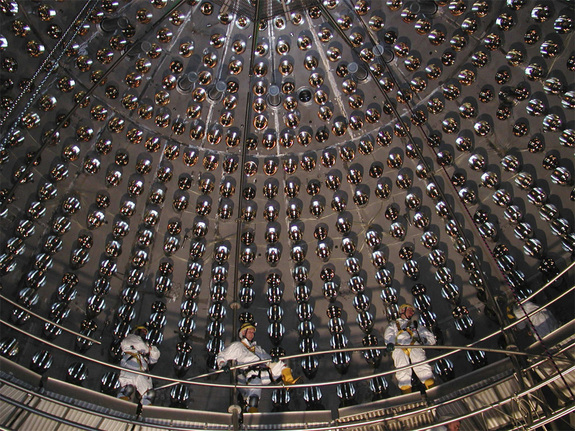
How Will Scientists Confirm Dark Matter Discovery?
By Tia Ghose published
A space station particle detector has found hints of dark matter, but experiments deep below the Earth's surface may directly detect it.
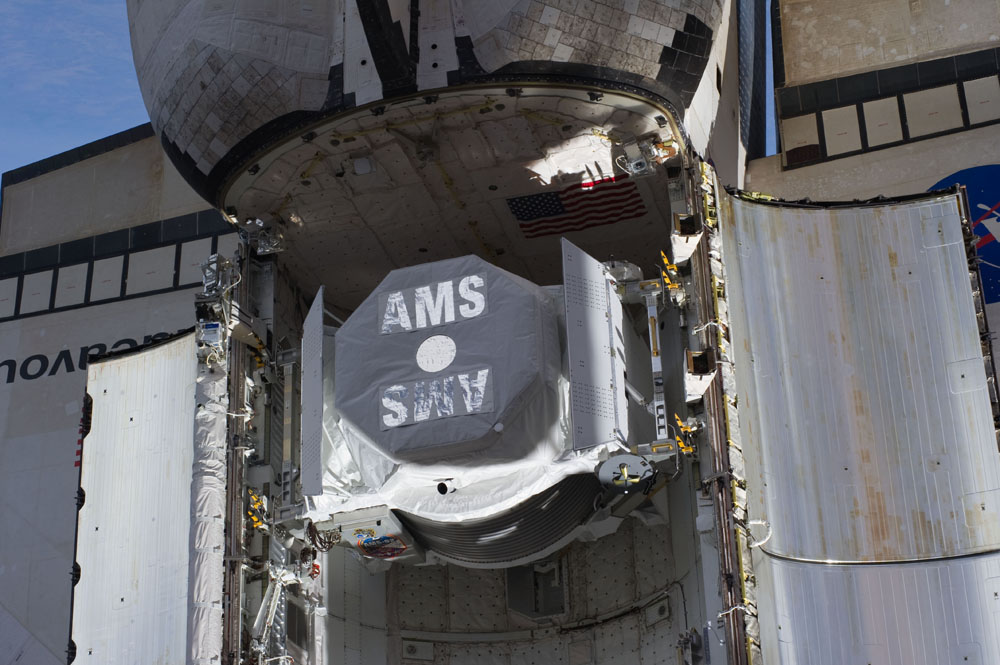
Dark Matter Possibly Found by $2 Billion Space Station Experiment
By Tia Ghose published
A space station particle detector has found hints of elusive dark matter in cosmic radiation.
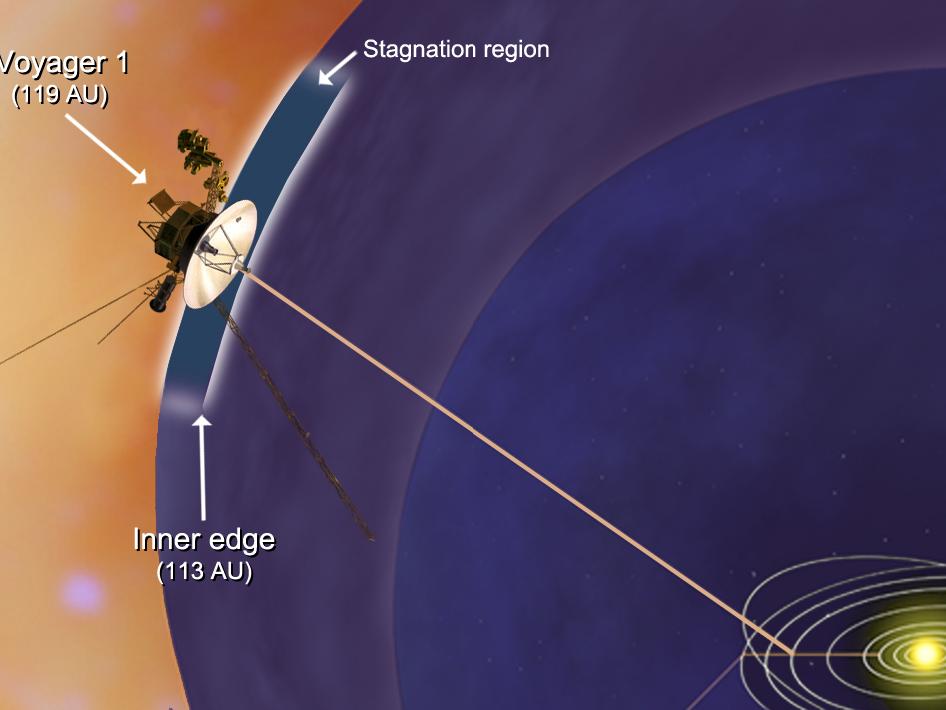
NASA's Voyager 1 Probe May Have Left Solar System: Study
By Tia Ghose published
A sudden drop in cosmic ray intensity suggests that NASA's Voyager 1 spacecraft is in a new region of space.
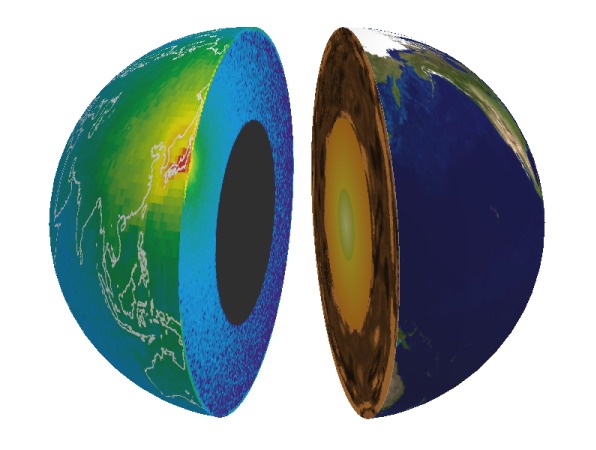
Physicists Hunt Weird Antimatter Beneath Earth
By Tia Ghose published
Physicists have tentatively detected several particles that could reveal how radioactive heat inside the earth could influence earthquakes
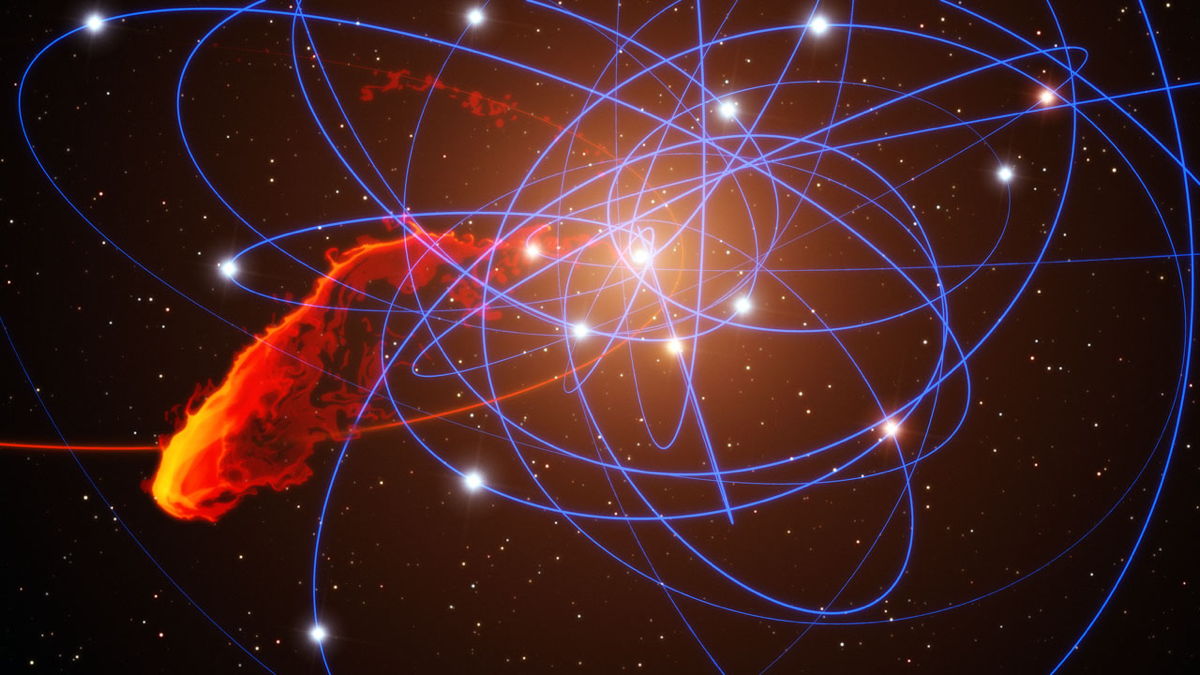
Ultrafast Stars Discovered Racing Through Milky Way
By Tia Ghose published
Hypervelocity stars similar to our sun could shed light on star formation in the dust-shrouded center of the Milky Way.

Search for Near-Earth Asteroids Needs a Speed Boost
By Tia Ghose published
At the current pace, it will take decades to find asteroids close enough to Earth to mine for resources.
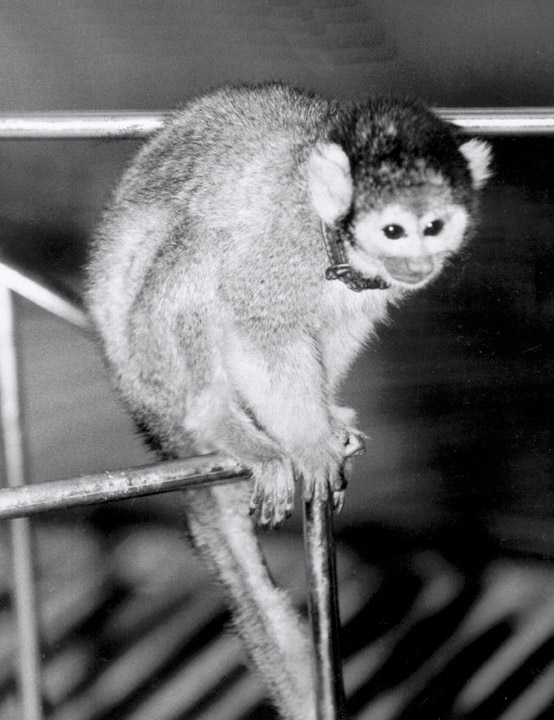
Animals in Space: 10 Beastly Tales
By Jeanna Bryner, Tia Ghose published
From frogs and turtles to monkeys, chimps and rabbits, the animal kingdom has seen its fair share of space.
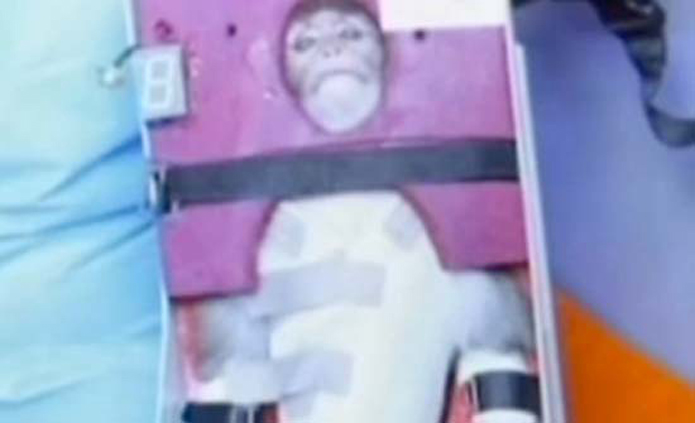
Why Do We Still Send Animals into Space?
By Tia Ghose published
Long-term space experiments on animals can help assess the feasibility of interplanetary travel.
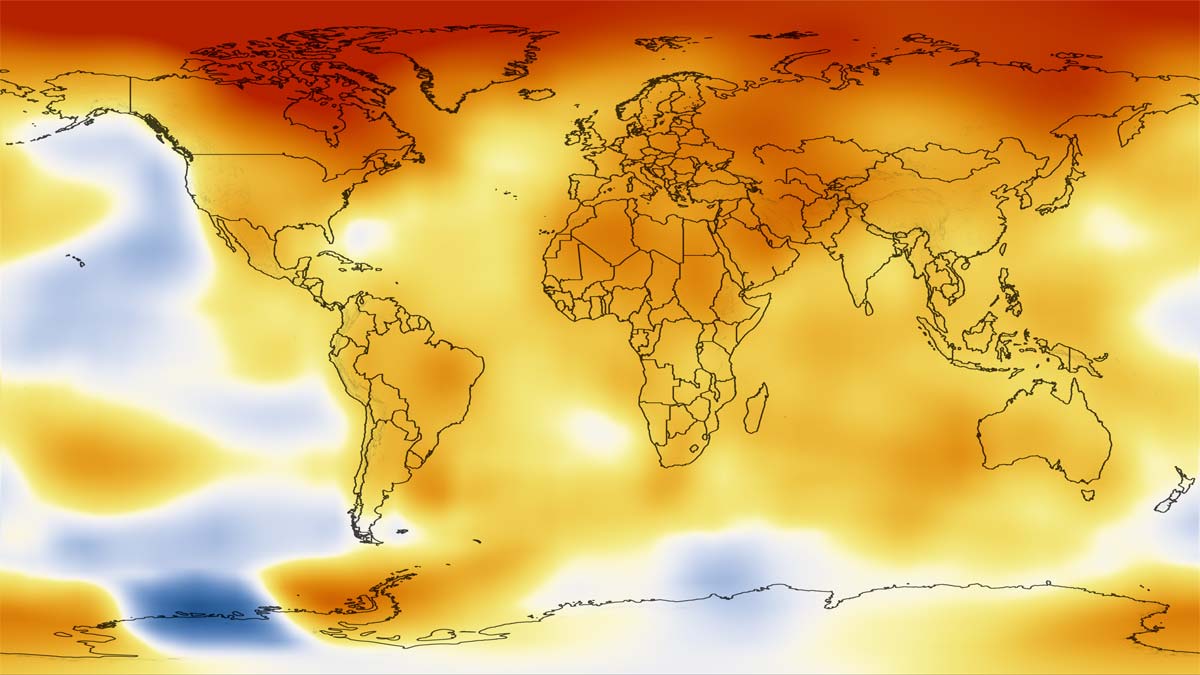
NASA: 2012 Was 9th Hottest Year on Record Worldwide
By Tia Ghose published
The nine warmest years since 1880 have occurred since 2000, revealing a trend of global warming.
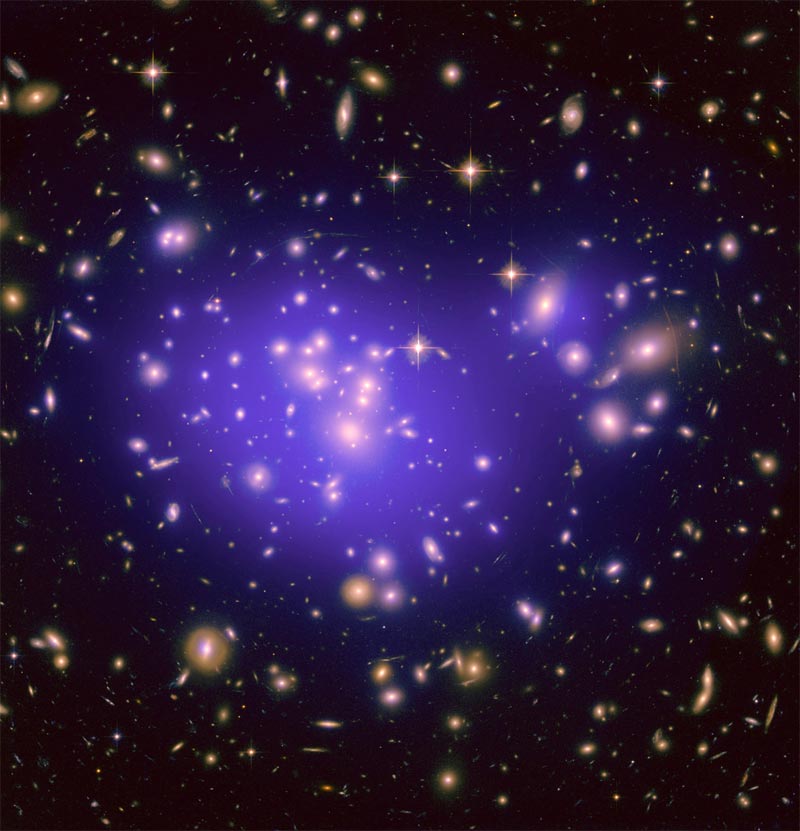
NASA's Donated Spy Telescopes May Aid Dark Energy Search
By Tia Ghose published
Using cast-off military spy telescopes may improve the search for dark energy, but it won't necessarily be cheap.
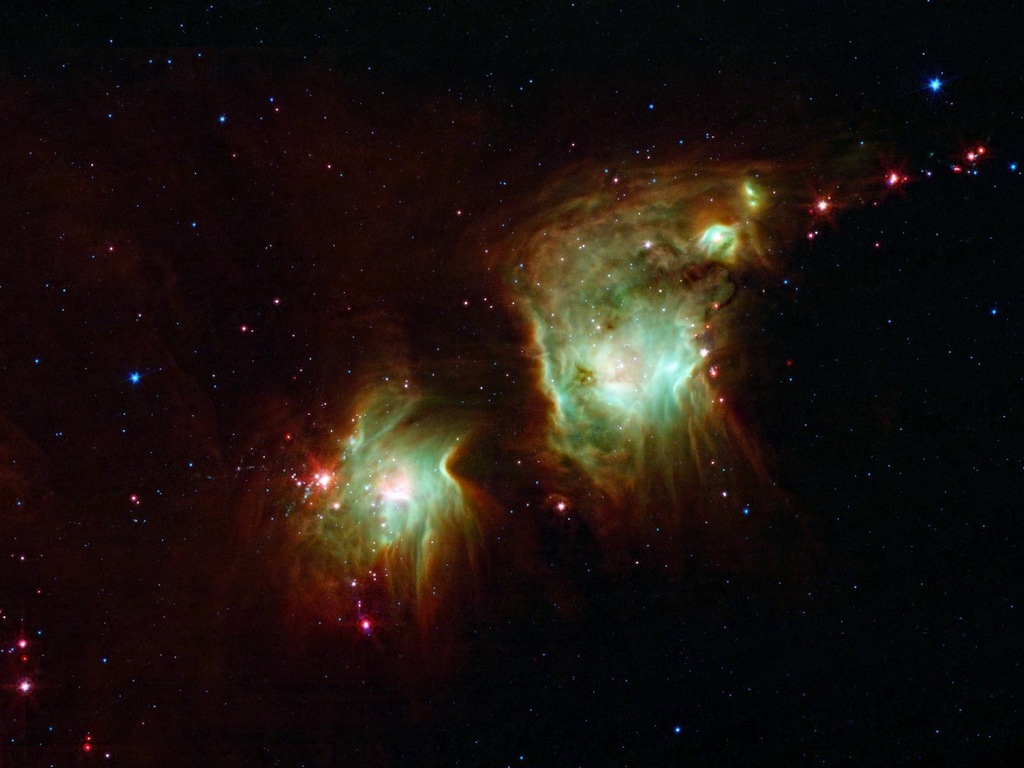
Have Astronomers Found Chemical Precursor to Life In Gas Clouds?
By Tia Ghose published
Astronomers probing a distant galaxy have found a few tentative traces of a prebiotic molecule called hydroxylamine that could potentially seed life on other planets
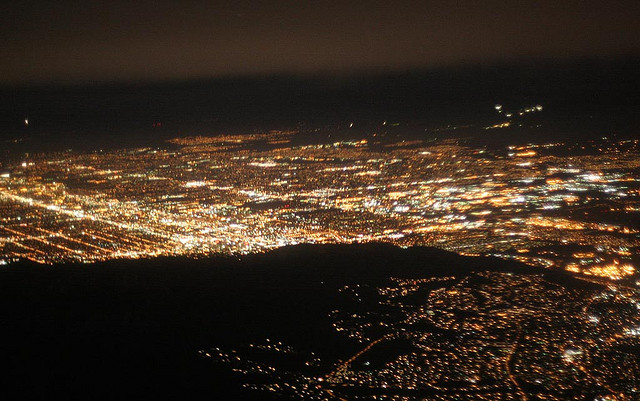
Night's Bright Lights Dim View for Remote Telescopes
By Tia Ghose published
Lights from nearby cities and towns are obscuring the night skies for even remote telescopes, but simple measures can reduce the impact.
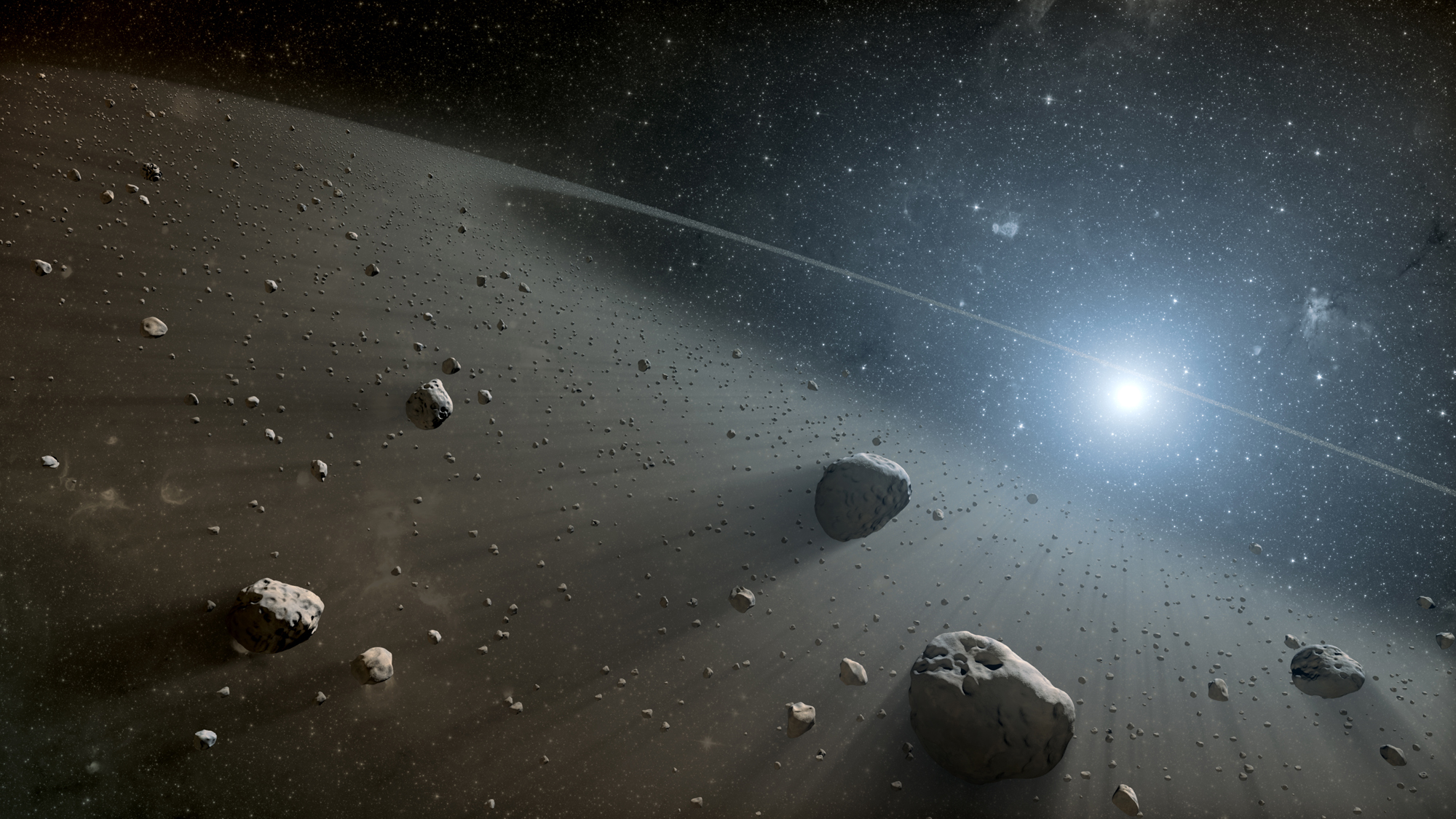
Alien Asteroid Belt Discovery Hints at Hidden Planets
By Tia Ghose published
Several planets the size of Jupiter or smaller could lurk between the asteroid belts of Vega.
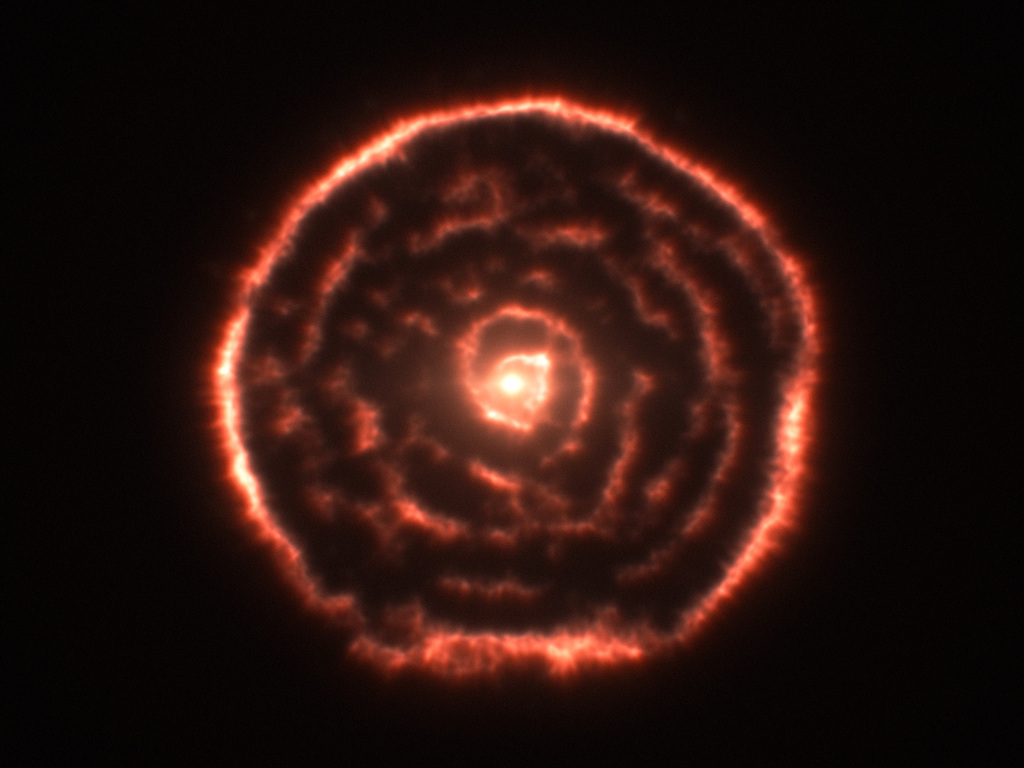
Iconic Telescopes Threatened by Looming Budget Cuts
By Tia Ghose published
Kitt Peak Observatory and the Very Large Baseline Array could see big cuts in funding from the National Science Foundation.
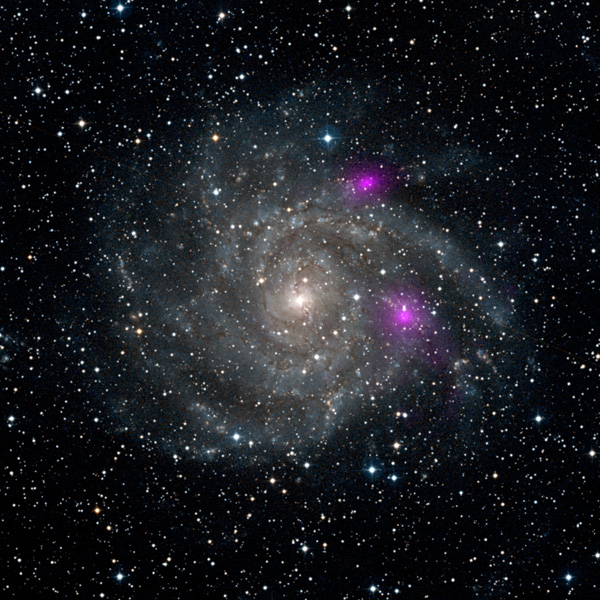
Mysteriously Bright Black Holes Revealed by NASA Telescope
By Tia Ghose published
The strangely bright black holes are tucked in a galaxy 7 million light-years away.
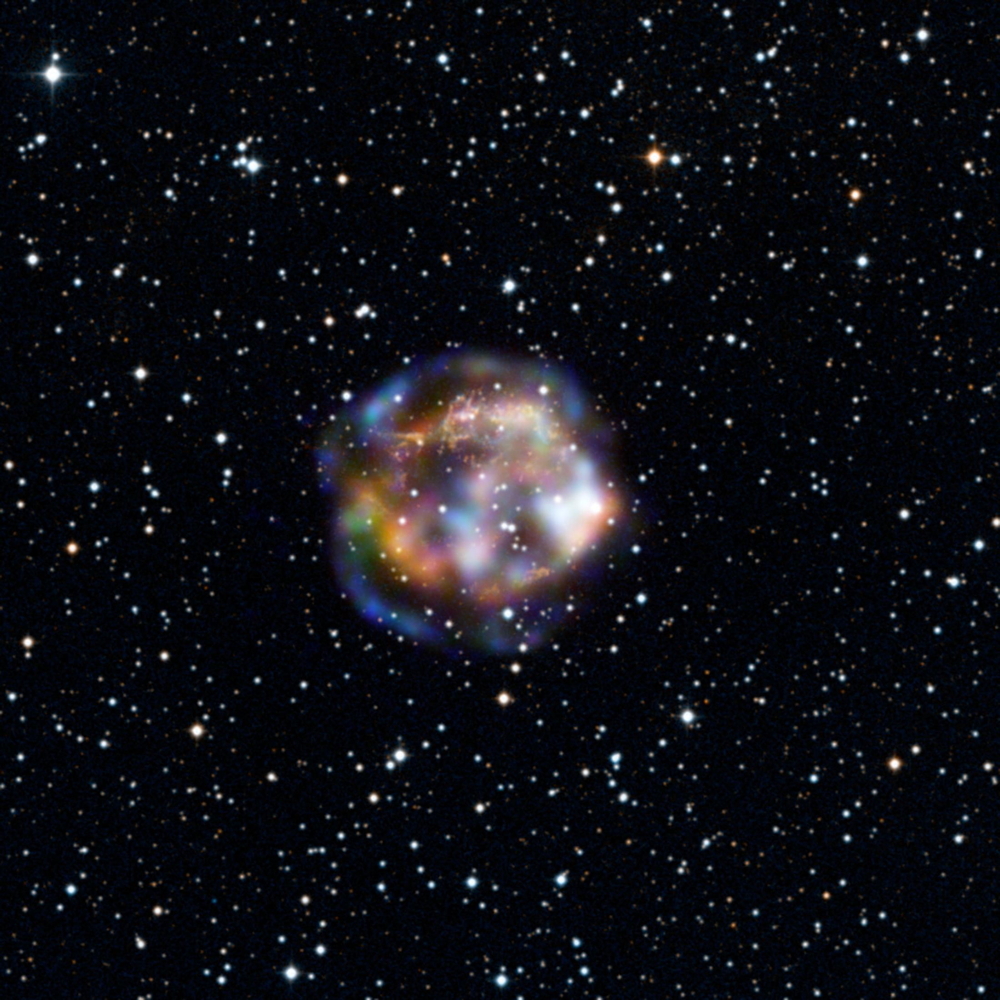
Massive Star Explosion Captured in Stunning Photo
By Tia Ghose published
A beautiful image of Cassiopeia-A taken with a new X-ray space telescope reveals the explosive death of a star in unprecedented detail.
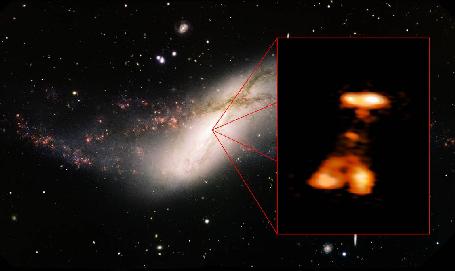
Monster Black Hole Burp Surprises Scientists
By Tia Ghose published
The spectacular outburst is 10 times brighter than the biggest supernova.
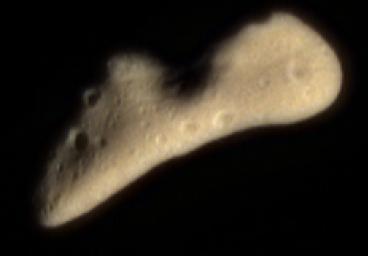
Can Slamming a Spaceship into an Asteroid Save Earth?
By Tia Ghose published
Researchers want to fly a spaceship into a small asteroid called Didymos to see if its path is deflected.
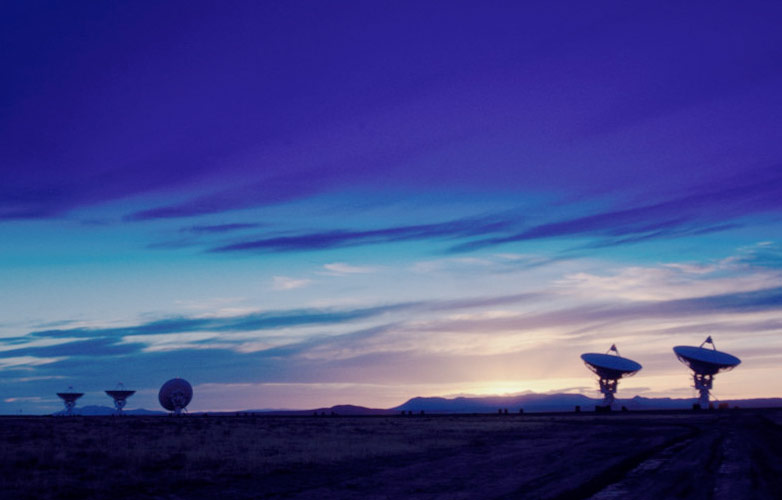
Satellites Could Detect Rogue Nuclear Tests
By Tia Ghose published
The underground blast sends traceable waves into the upper atmosphere.
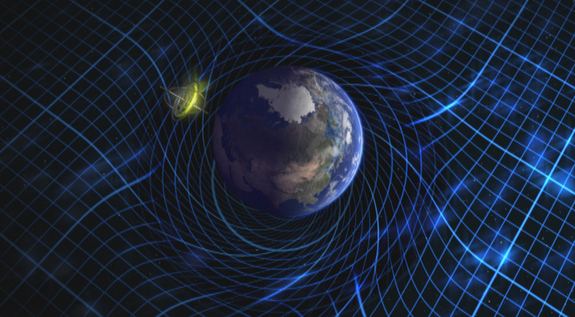
Universe Grows Like a Giant Brain
By Tia Ghose published
New, hidden laws of nature may govern both the growth of brain or social networks and the expansion of the universe
Get the Space.com Newsletter
Breaking space news, the latest updates on rocket launches, skywatching events and more!
